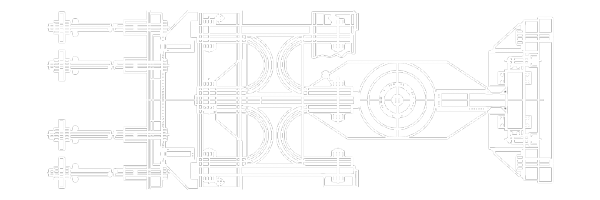Velocity dependent devices
TENSA designs, produces, tests and delivers its velocity dependent devices according to specific clients’ needs. These solutions are designed to reduce the seismic structural response by adding important energy dissipation to the system.
Key advantages

- Reliability of performance
- Minimal maintenance along their expected life as only oil accumulators need to checked in charge infrequently and in compliance with TENSA inspection and maintenance manual
- Self-compensation of the internal volumetric changes, consequent to changes in temperature thanking to the pre-loaded oil accumulator
- The fluid used is silicone type characterised by an insensitivity to aging, stability of viscosity with temperature more than double to mineral oil
Systems available

The TFVD are designed to reduce the seismic structural response by adding an important energy dissipation to the system. They are used in parallel with bearings and isolators. Under an impulsive external force (dynamic loads, earthquake, etc…), the constitutive law of TFVD is F = c va. For slow external actions such as temperature changes, shrinkage and creep, these devices allow free movement with a negligible reaction.
Request information






